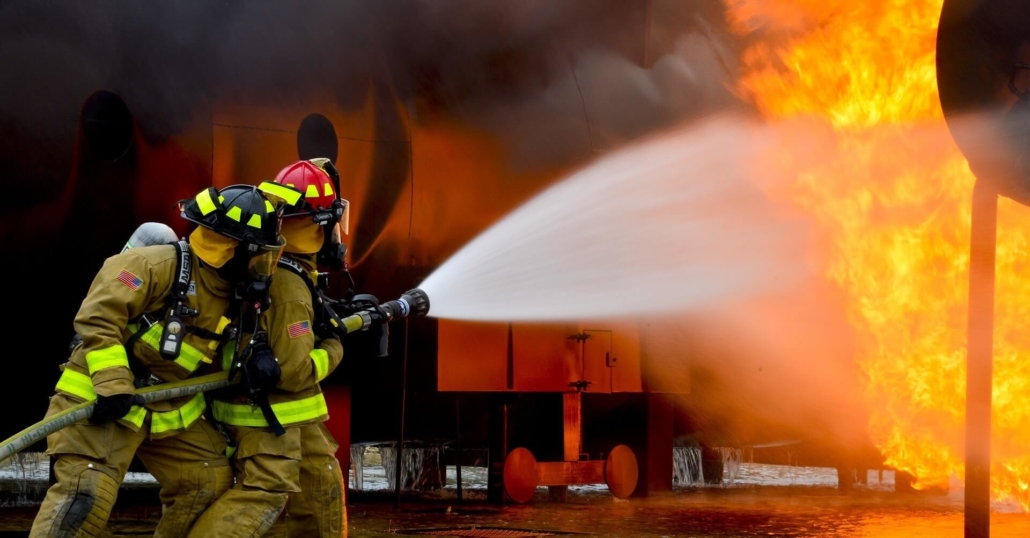Sydney businesses must make sure that they are adequately protected from fire. This isn’t only to comply with the law, but also for their employees, clients, as well as their property. A fire can cause catastrophic losses in minutes, but most of these risks can be reduced or even eliminated with the proper precautions implemented. Fire inspections, routine testing and tagging of electrical systems and compliance with CFSP regulations all work to create a safer workplace and ensure that businesses remain in compliance with local council and Building Code of Australia (BCA) standards.

Why fire inspections are vital to safety
The first line of defence is fire inspections. They verify that every part of a building’s protection system is functional and up to date. In Sydney many businesses, they are required to conduct an inspection every six to twelve months, based on structure’s type and the regulations of the council. Inspections typically cover everything from fire alarm panels to sprinkler systems to smoke alarms and hydrants to extinguishers, and emergency lighting.
Inspections are crucial because they are able to uncover unnoticed problems before they turn into a danger. It may not seem important however a minor issue with a fire hydrant or an alarm for smoke that’s blocked can result in death in the event of a crisis. Through conducting regular fire inspections, business owners are not just meeting their compliance requirements but also taking active steps to protect their workplace from unavoidable disasters.
Test and Tag Examine Hidden Electric Risks
Electrical systems are the main cause of fires in workplaces. Testing and tagging is consequently an essential element of the plan to ensure the safety of fire. The process includes checking electrical equipment for safety, functionality and compliant, then adding a tag to show that the item was inspected. In many organizations, this is more than just a regular requirement it’s a defense against potential risks that are often by unnoticed.
Unchecked, worn-out or old cables, appliances that are defective and wiring that are not updated can quickly become fire hazards. Through conducting regular tests and tagging, companies reduce the risk of electrical malfunctions leading to a fire outbreak. This also assures employees that their workplace is safe, building trust and confidence within the workplace. The combination of testing, tagging, and fire inspections, you can create an entire safety program that lowers the risk on many areas.
The role of CFSP in ensuring compliance and Certification
Only a Competent Fire Safety Professional (CFSP) located in New South Wales, can attest and sign vital documents for fire safety such as Annual Fire Safety Statements. The introduction of CFSP accreditation has raised the standard of fire safety by ensuring only experts with qualifications assess and verify safety measures. A partnership with a CFSP assures that reports and inspections are not just paper work, but are backed by reliable assessments from experts.
The role of a CFSP goes far beyond simply the process of checking boxes. These practitioners assess the condition and performance of fire protection systems, provide complete reports and prove that they are in compliance with the regulations. Companies that do not have CFSP certification face the threat of legal repercussions, fines or even closure if fire safety measures are found to be inadequate. By partnering with accredited professionals, you can ensure that fire safety systems are being maintained in a proper manner and that compliance requirements are met without unnecessary stress.
Safety in the Fire Service as an Ongoing commitment
Every business owner has a obligation to ensure that fire safety is a priority. Regularly scheduled inspections and tests of electrical equipment, along with proper certification through CFSP to create a safety loop that will never end. Beyond the legal requirements, this ongoing approach fosters an environment of safety in the workplace. Employees feel more confident knowing that evacuation plans, smoke alarms emergency lighting, and a fire suppression systems are in place.
Treating fire safety as a continuous process rather than a yearly checkbox not only reduces risks but also strengthens a business’s reputation. When a business’s culture is one that emphasizes safety, customers and clients will feel more comfortable. In the long run, investing in to prevent fires early saves the company money by preventing costly damages, fines, and legal battles.
Conclusion
Sydney security for fires requires a multi-layered approach that includes fire inspections and testing and tagging, as well as certification by a CFSP. Each of these components play a crucial role in helping businesses comply with the law, but also in securing the lives of people and property. Companies that place safety as a priority in their operations and not just a side note will fulfill their legal obligations as well as create a more stable, secure environment.